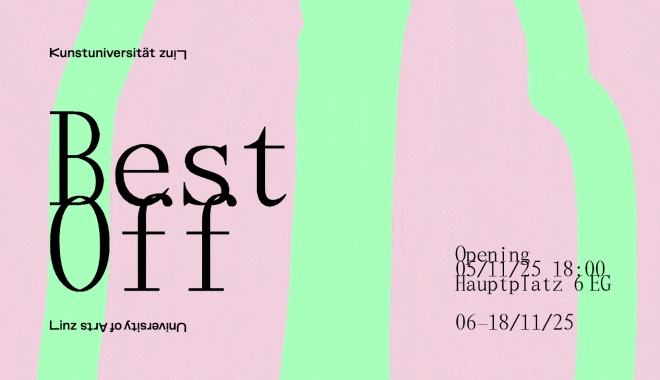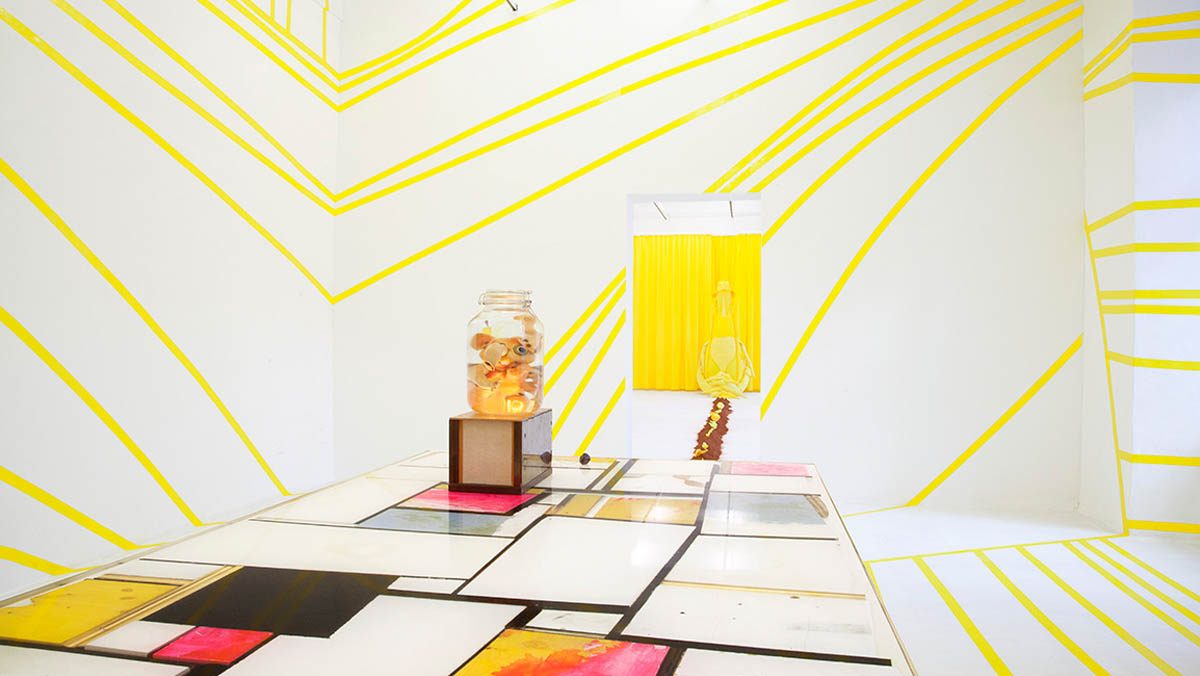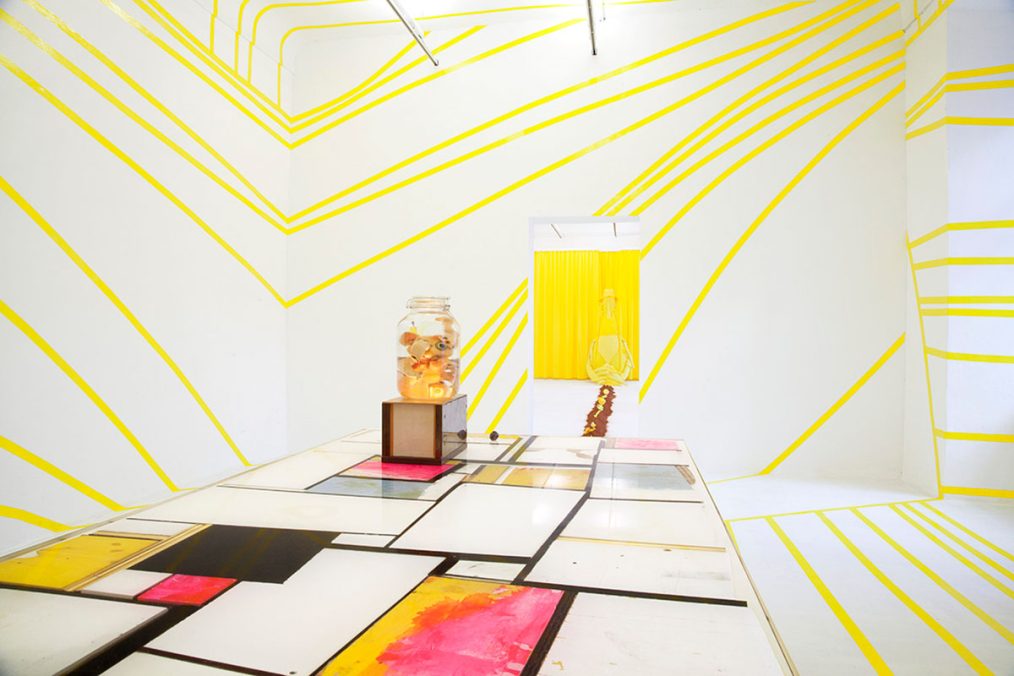
Am 2. Oktober 1959 irrte ein Mann über die Bildschirme der USA, der nicht nur sein Gedächtnis verloren zu haben schien, sondern auch vergeblich nach seinen Mitmenschen suchte, die wie vom Erdboden verschluckt zu sein schienen. Die erste Episode der televisuellen Serie „The Twilight Zone“ beschrieb die Angst des Menschen vor dem Alleinsein. Umgeben von leblosen Dingen fungieren diese als Medium zwischen der realen, materiellen Welt und einer anderen (halluzinogenen) Welt. Was den Besucher*innen als Szenario in der Ausstellung vorgeführt wird, ist ein Ort auf halbem Weg zwischen zwei Welten.
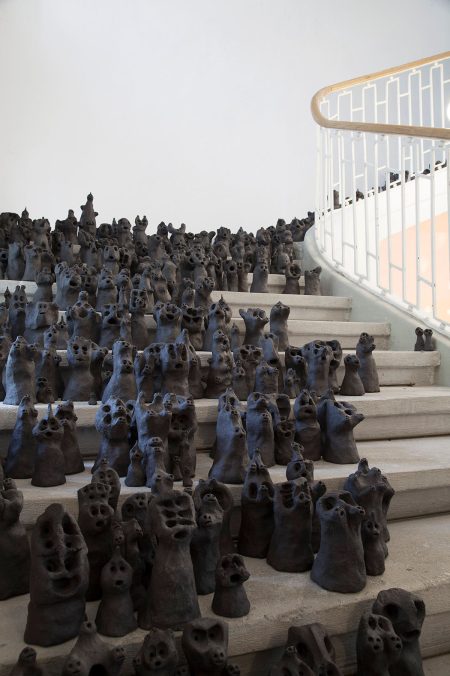
Ausstellungsansicht. TWILIGHT ZONE 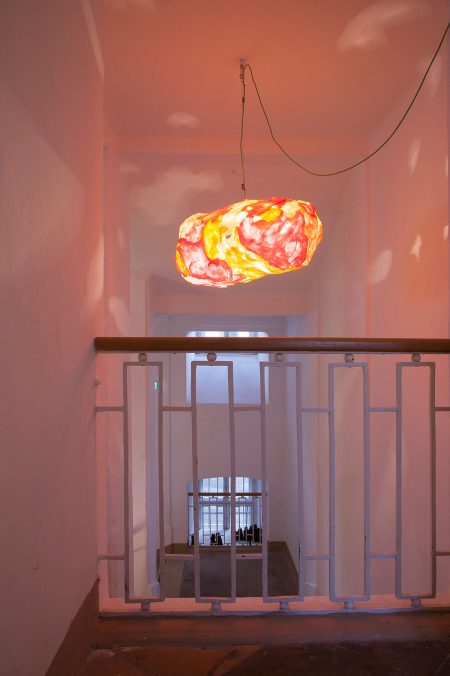
Ausstellungsansicht. TWILIGHT ZONE 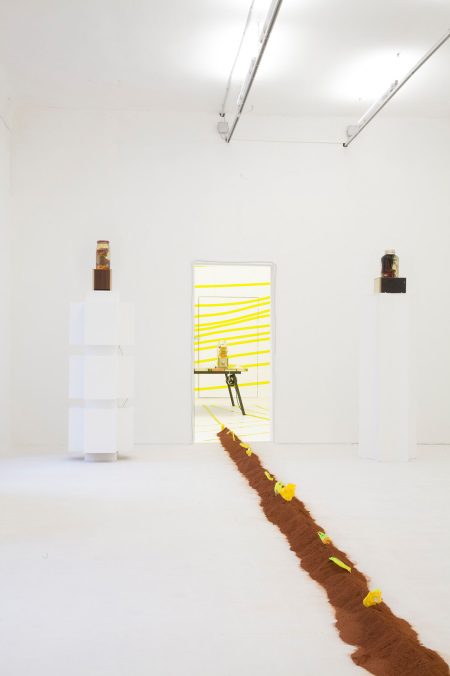
Ausstellungsansicht. TWILIGHT ZONE 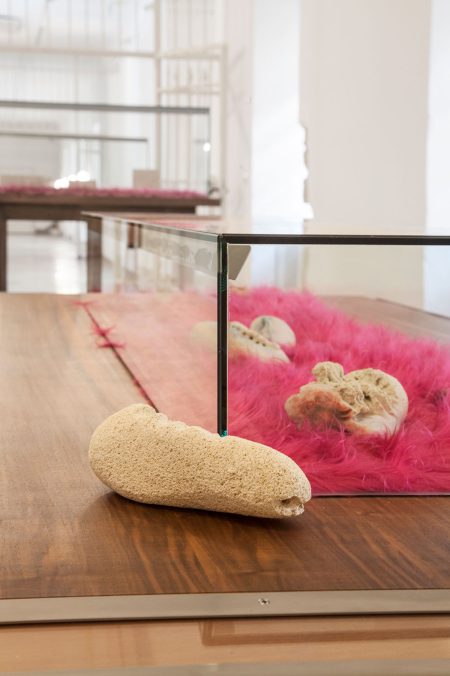
Ausstellungsansicht. TWILIGHT ZONE
Gezeigt werden üppige Vorhänge und eine gewaltige Spielfigur von Ann Muller gefolgt von einer Sandlinie gespickt mit „zwielichtigen“ Perlen und etwas außerhalb in Vitrinen verstaute intime (Körper)teile von Ivana Kralj und den lichten Streifen von Lotta Hering, belagert von unzähligen archaisch-geisterhaften Gestalten des Franz Nigl, bestenfalls verteidigt von Gelitins rekombinierten Lebensformen konserviert in Reagenzgläsern und getragen von einer Tischplatte aus rekombinierten Möbelteilen eingegossen in Synthetik-Aspik, partiell beleuchtet von einem Kokon aus Thermoplast. Nur: wer wohnt hier wirklich?
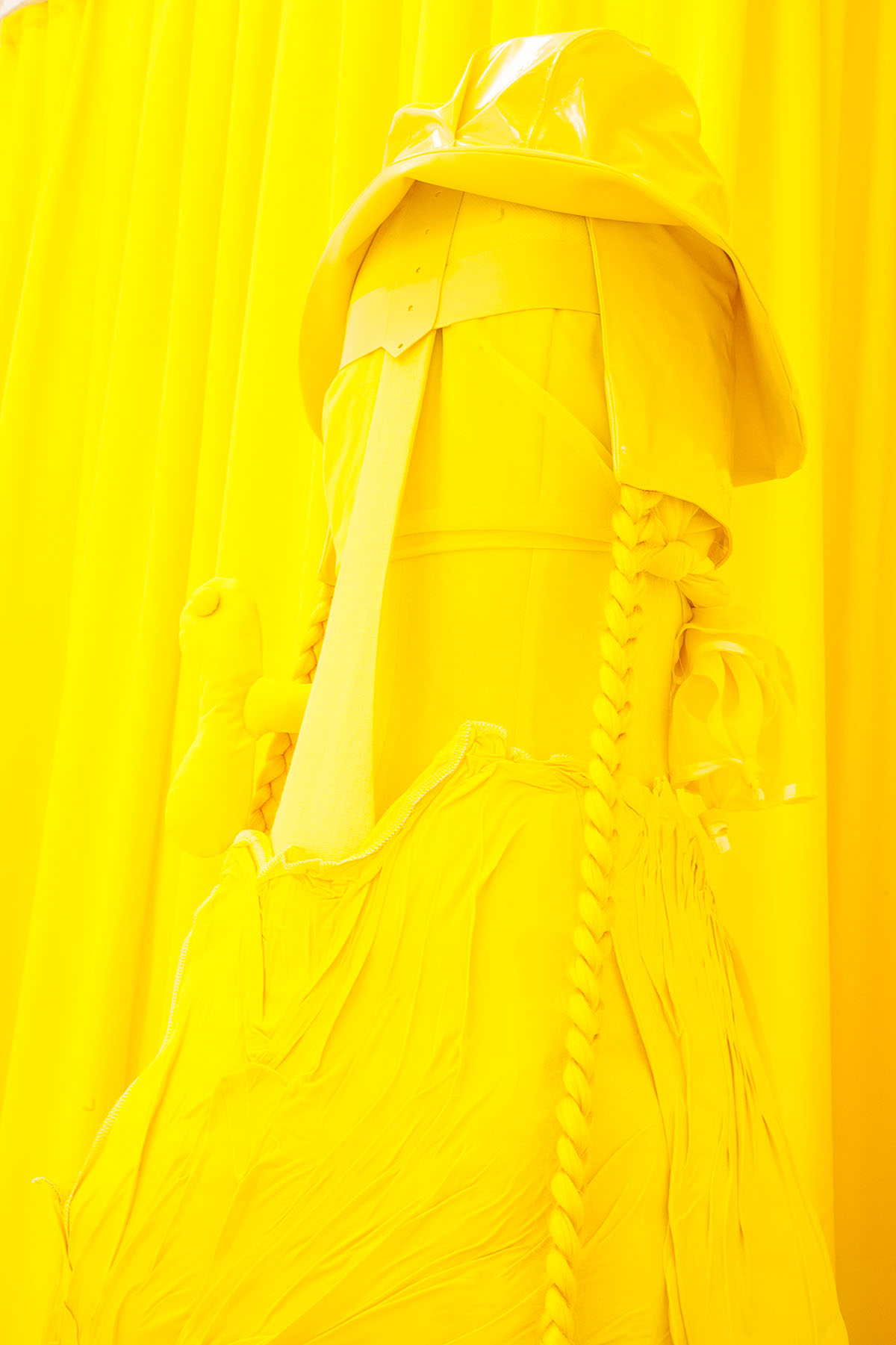
Ausstellung: TWILIGHT ZONE kuratiert von Barbara Horvath, Ann Muller und Florian Reese
Teilnehmende Künstler*innen: Gelitin, Lotta Hering, Ivana Kralj, Franz Nigl, Ann Muller
Eröffnung: Sonntag, 16. Januar 2022, 15 – 19 Uhr
Ausstellungsdauer: 16. Jänner – 20. März 2022
Öffnungszeiten: Sa 11–17 Uhr, So 13‒17 Uhr
Adresse und Kontakt:
Kunstverein Eisenstadt
Joseph-Haydn-Gasse1, A-7000 Eisenstadt
www.kunstvereineisenstadt.at



